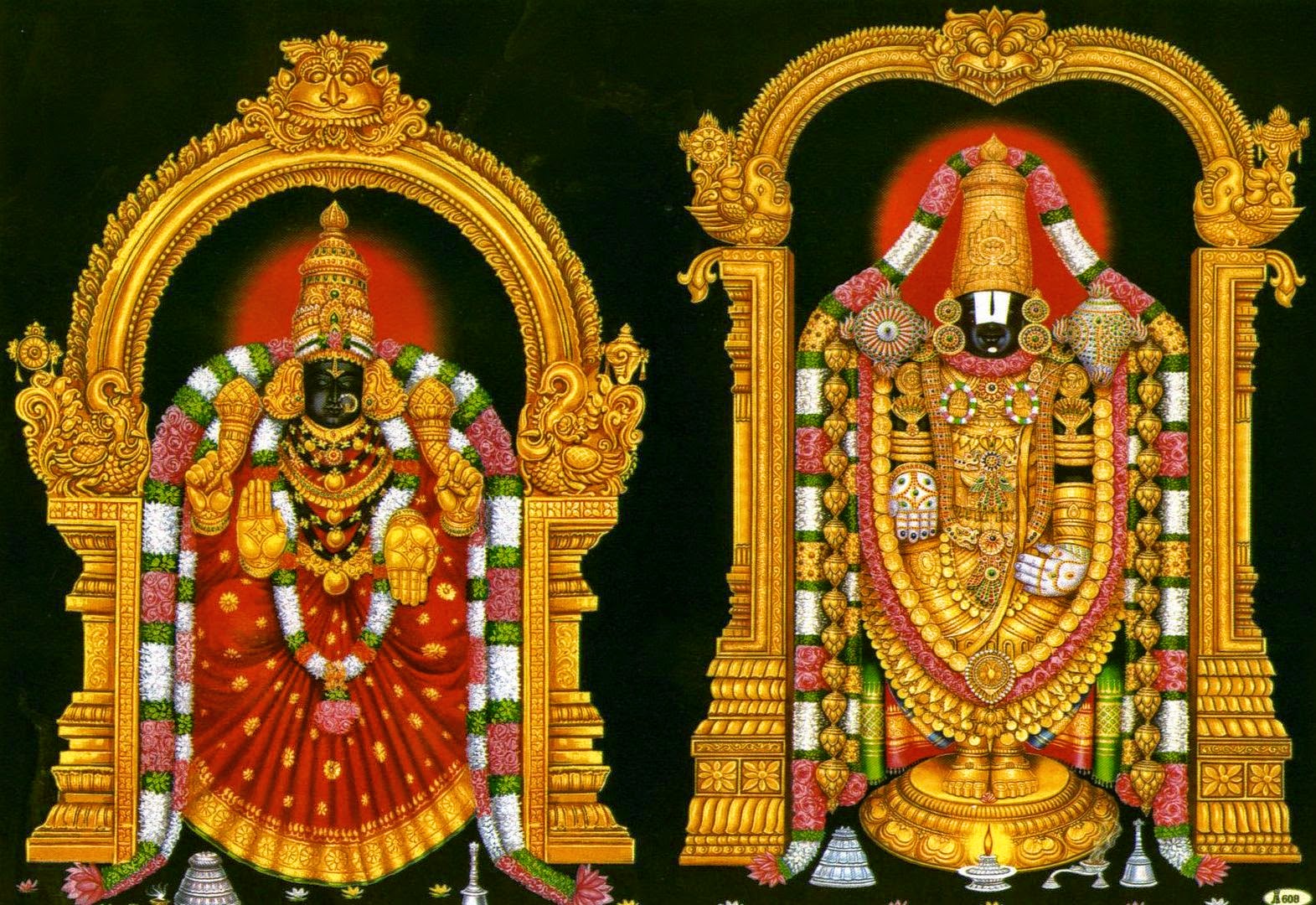The Philosophy of the Bhagavadgita-Chapter-2.6 : Swami Krishnananda
14/03/2019
Chapter 2: The Battlefield of Life -6.
Apart from rajas and sattva, the externalising and stabilising powers, there is a third condition called tamas, inertia. In the language of physics you would have heard it said that there are two forces: stasis and kinetics, or dynamics. There is no such thing as sattva in science, which is not concerned with it, and perhaps it is not willing even to think of it. There are only two conditions of things: either they are in a state of inertia or they are dynamic and expressed in some form of activity. So we are, and everything is, in one of these conditions, and sometimes in both these conditions, working together in some sort of proportion.
We are in a field of the opposition of the forces, which work simultaneously in the universe outside and in the personality of ours inwardly. The universe is a battlefield in the sense of this metaphysical description of the constitution of the universe. We will understand why the Bhagavadgita is given in the context of a war and not in a chapel, a convent, a temple of worship. The universe is a temple, no doubt. In one sense, it is the shrine of the Supreme Being, the Absolute. We can adore anything and everything as God. But it is not to be done in a spirit of exclusiveness or isolation of any kind. Temporal perception works in a threefold manner, presenting this picture of creation as a permutation and combination of sattva, rajas and tamas.
The very first verse of the Bhagavadgita brings to highlight two important words, ‘Dharmakshetra’ and ‘Kurukshetra’, significant terms indeed. The universe is a field of tremendous activity, of conflict and warfare. It is also a field of justice and law. ‘Kurukshetra’ is ‘Dharmakshetra’. There is a law that integrates these apparently conflicting powers in the same way as there is a law inside us which integrates the cells of our physical body into a wholeness of personality. Every cell of our body is different from the other. It can disintegrate, and when the life force is withdrawn from it, it dissolves itself into the five elements, it decays, decomposes itself and loses its oneness. Every thought is different from every other thought. We can think one thousand things every day, and yet we know we are the person thinking these one thousand things.
“I thought something yesterday, and I am thinking something today. Though there is no apparent connection between yesterday’s thought and today’s thought, yet I know that there is connection, because I am the person thinking these thoughts.”
To be continued ...





Comments